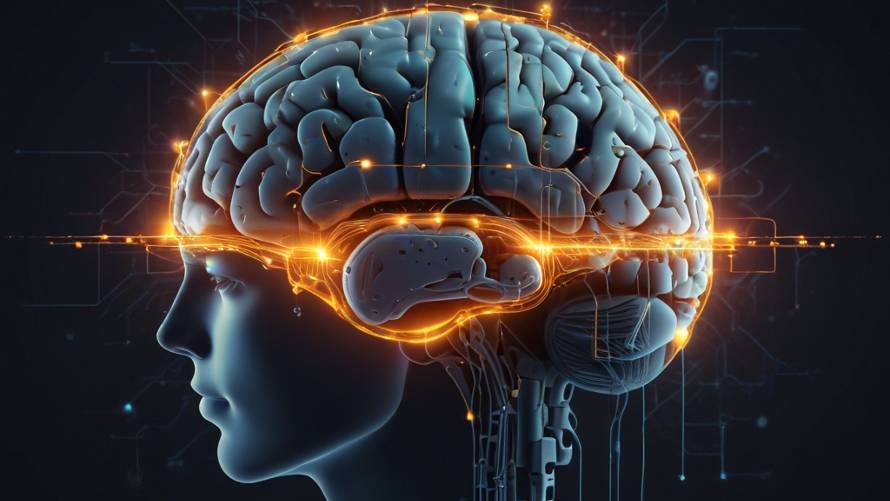Neuroscience has entered a new, digital phase, with the combination of brain research and supercomputing in large-scale, multi-disciplinary collaborations enabling an innovative approach to deciphering the brain. These developments, made possible by powerful scientific technologies and data resources, open up new possibilities for brain research, medicine, and technology, according to a position paper by over 100 authors published in the journal Imaging Neuroscience.
Large-Scale Research Initiatives Shape the Future of Neuroscience
Large-scale research initiatives within Europe and worldwide, such as the EU Flagship Human Brain Project (HBP) and its digital research infrastructure EBRAINS, have played a crucial role in shaping these developments. These initiatives enable scientists to integrate data from different scales according to FAIR principles, use models and software for gaining new insights, and work collaboratively on a larger scale, leading to significant progress in the field.
The position paper, titled “The coming decade of digital brain research – A vision for neuroscience at the intersection of technology and computing,” is primarily intended as a roadmap for digital neuroscience over the next ten years. Lead author Prof. Katrin Amunts, Director at the Jülich Institute of Neuroscience and Medicine and Joint CEO of EBRAINS, emphasizes the importance of assessing, anticipating, and shaping the changes occurring in neuroscience and its related fields.
Eight Key Areas Identified for Digital Neuroscience Research
The position paper lists eight key areas for digital neuroscience research, including near-term, middle-term, and long-term goals, as well as novel developments like “digital twin” approaches. Other key areas described in the paper include ultra-high-resolution digital atlases and models of the brain, neuro-derived artificial intelligence (AI), and computing innovations.
EBRAINS, the digital research infrastructure created by the HBP, has a key role in the interaction between brain research and computing. It offers scientists access to the most powerful European supercomputers via the computing network Fenix and to brain-inspired computing systems like BrainScaleS and SpiNNaker.

